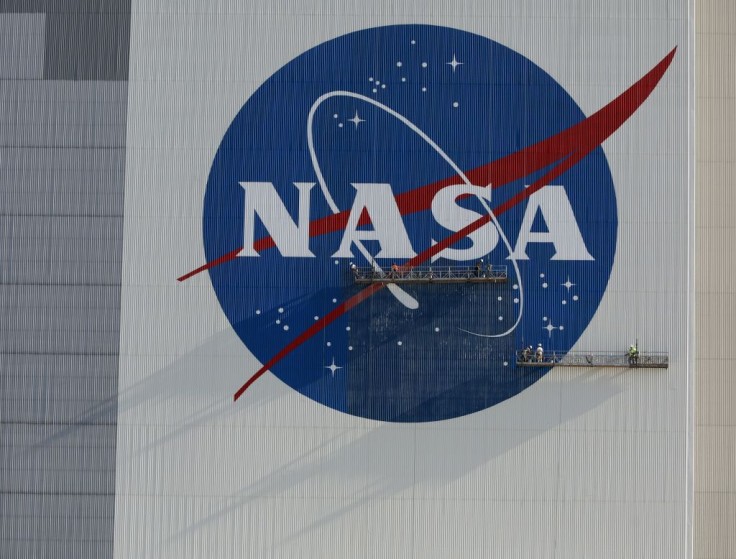
NASA predicts that there are three massive asteroids that will pass by Earth this month.
For this reason, the space agency has introduced an algorithm that will be used to track asteroids.
NASA Predicts Major Space Threats
As reported previously, the space agency has announced that there are three massive asteroids ranging in size from 84 meters to 1.3 kilometers that are expected to pass near Earth this month.
For background information, asteroids that are greater than 150 meters in diameter are classified as potentially hazardous by NASA.
According to research conducted by Davidson Institute of Science, a huge asteroid colliding with Earth would release energy a thousand times greater than the first atomic bomb.
In relation to this, a larger asteroid, such as Apophis which is about 300 meters wide, might wipe out an entire continent.
With regards to the said asteroids, NASA stated that some of the alleged asteroids impacting Earth are believed to be as large as the Burj Khalifa, the Eiffel Tower, the Great Pyramid of Giza, and other structures.
For this reason, several NASA asteroid tracking options have been introduced to know more.
One of the options for possibly preventing an asteroid impact is deflection, which aims to adjust the asteroid's path. Aside from deflection, the most obvious of these attempt is the Double Asteroid Redirection Test (DART) Mission, which is now being carried out by NASA and the Applied Physics Laboratory.
Despite these existing efforts, it seems that NASA has invented a new weapon to prevent the collision from occurring, per The Next Web.
Surprisingly, it is an Earth-loving algorithm.
New NASA Asteroid Tracking Device
According to The Next Web, the space agency has revealed its most outlandish weaponry after simulating disasters and slamming asteroids with spacecraft on Monday.
The said weaponry is called Sentry-II.
Sentry-II aims to assess the dangers presented by near-Earth asteroids (NEAs).
NASA JPL added that the system can quickly analyze possible repercussions for all known NEAs, with probability as low as one in 10 million.
Since the system's original version had a lot of flaws, Sentry-II replaced it.
The original Sentry has been used since 2002, wherein it properly represented how gravity affected an asteroid's orbit. However, it did not report on any non-gravitational factors like sunlight heating the object's dayside.
The old Sentry also has difficulty forecasting asteroids that approach extremely close to Earth since its speed is unpredictable due to our planet's gravity.
Luckily, Sentry-II was built to address these issues.
How Does Sentry Monitor and Calculate the Effects of Asteroids?
According to Earth Sky, the Hubble Space telescope first finds a new NEA. Once found, the NEA's location is then measured by scientists and sent to the Minor Planet Center.
From there, the data is used by CNEOS to determine the most likely orbit of the asteroid.
In order to narrow down the real orbit, the original Sentry will make "assumptions" about how this cloud of uncertainty would grow.
Since Sentry-II is the updated version, it will not be based on assumptions, rather, it chooses random points across the entire cloud of uncertainty .
The program examines all conceivable orbits to see which ones could collide with Earth. Sentry-II takes some of the guessings out of the equation. It also focuses on low-impact instances that Sentry may have overlooked.
Additionally, Senior research scientist at JPL Steve Chesley, who worked on both versions of Sentry, stated that Sentry-II is a massive leap forward in determining small effect probability for a wide variety of scenarios, per NASA JPL.
"When the consequences of a future asteroid impact are so big, it pays to find even the smallest impact risk hiding in the data," Chesley furthered.









